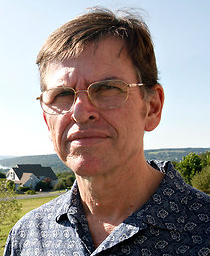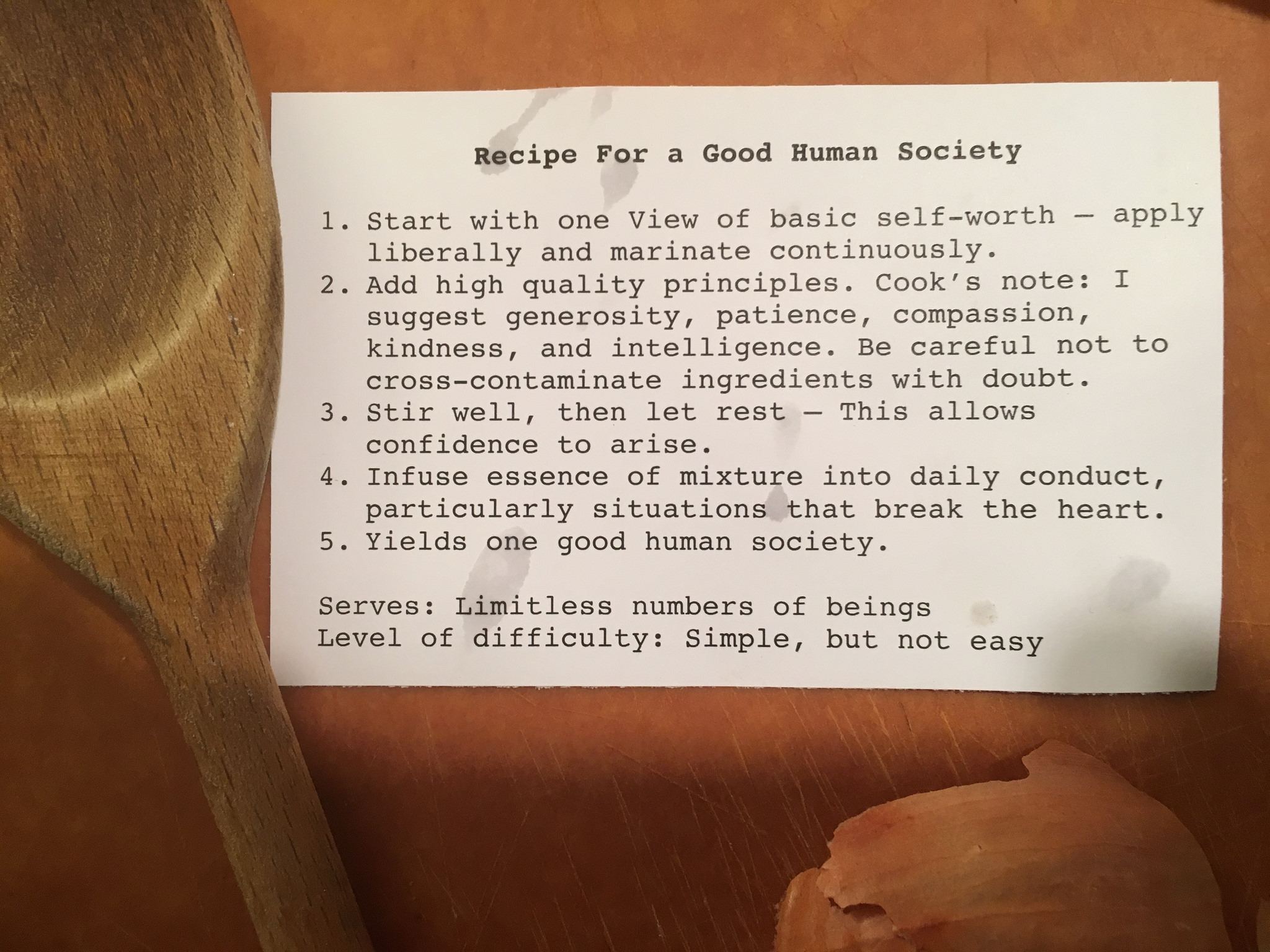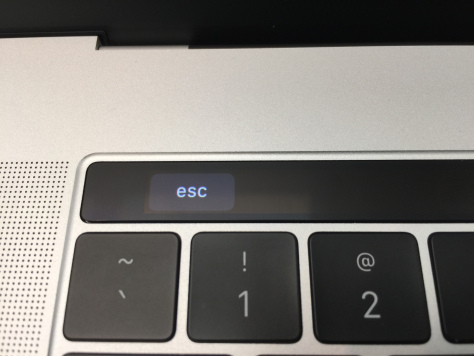 In a previous post I mentioned that science didn’t know much about how to teach or grow optimism. I was wrong about that – quite a bit is known, actually. After I wrote that post I became more interested in how to learn optimism, and came across Martin Seligman’s great book on the subject, Learned Optimism.
In a previous post I mentioned that science didn’t know much about how to teach or grow optimism. I was wrong about that – quite a bit is known, actually. After I wrote that post I became more interested in how to learn optimism, and came across Martin Seligman’s great book on the subject, Learned Optimism.
This book is the product of Seligman’s many years of scientific research on optimism – what it is and how to learn it. There are scientifically studied ways to learn optimism. In the book Seligman is critical of therapy (one of my recommendations in the last blog post). He’s not critical of therapy because it is ineffective – indeed, he says it is quite effective in helping people be optimistic. But it can never be available to millions of people just because there just aren’t enough therapists to go around. That is a compelling argument.
So if therapy is out for most people, then what’s in? Techniques that you can learn and practice on your own. So meditation counts (although he doesn’t talk about it in the book). The main technique Seligman focuses on in this book is called “ABCDE”:
- Adversity – being aware of the situation or event which triggers your pessimism.
- Belief – noticing how you interpret the adversity
- Consequences – being aware of what you did, how you acted or behaved, and how you felt
- Disputation – making an effort to argue with yourself and dispute your beliefs – redeploying your attention
- Energization – noticing the outcome or effect of redirecting one’s thoughts and attention

The idea behind this technique is to notice when you are experiencing adversity, what your beliefs about it are, and how you feel and act because of that. That’s the noticing part. Then you can take some distance from those beliefs and stories about the adversity, and argue with yourself about them – in other words, deploy some rationality and tear down the negative judgements, thoughts, and beliefs. The thoughts often lose a lot of their power when we see that they may not be rational or valid. Once they have lost some power, we aren’t so paralyzed by them, we often feel better, and can frequently begin to take positive action.
It sounds almost too simple to work, but it has been extensively taught and studied, and it is effective. It can be learned quickly, and practiced in daily life when those critical voices come up.
I’d also add, meditation enhances its effectiveness, because meditation helps one develop the “watcher” part of our mind that has a little bit of distance from our thoughts, and can see what’s happening without getting caught up in it so much. One way to look at meditation is that it is made up of awareness and mindfulness. Knowing what’s happening is awareness, key to the first three steps. Mindfulness is coming back to the breath or the present moment, being able to return and place our mind on what we want. In this technique, that’s the disputation, and the practice of being able to see and feel the results. Meditation also helps in developing self-compassion which can help add warmth, connection, and a larger perspective to the noticing and disputation.
The book goes into quite a bit of detail about how to effectively dispute one’s own inner voices. Good questions to ask are:
- Evidence? – What is the evidence for this belief or story?
- Alternatives? – Are there alternative explanations?
- Implications? – Can I decatastrophize the story by seeing if the implications are exaggerated?
- Usefulness? – Is it constructive to hold this belief or see the story as valid?
There’s quite a bit more I could say about this book – Seligman covers what optimism and pessimism are made of, optimism and children, optimism on teams and at work, and the relationship between optimism and depression. I’ll have to save those topics for other posts. I found this book interesting and I recommend it if you’re interested in optimism, how to become optimistic, or how to teach it as a skill.
(Available from Amazon)
 I was at my Buddhist center tonight and a friend asked me, “Adam, how are you doing?” And genuinely wanted an answer. I found myself saying, I am feeling grief. It comes in waves. Often I don’t even know what I’m crying about now – often there’s no story anymore. It is contact with sorrow that goes beyond me, beyond my lifetime, sorrow that’s connected to something larger.
I was at my Buddhist center tonight and a friend asked me, “Adam, how are you doing?” And genuinely wanted an answer. I found myself saying, I am feeling grief. It comes in waves. Often I don’t even know what I’m crying about now – often there’s no story anymore. It is contact with sorrow that goes beyond me, beyond my lifetime, sorrow that’s connected to something larger. 







